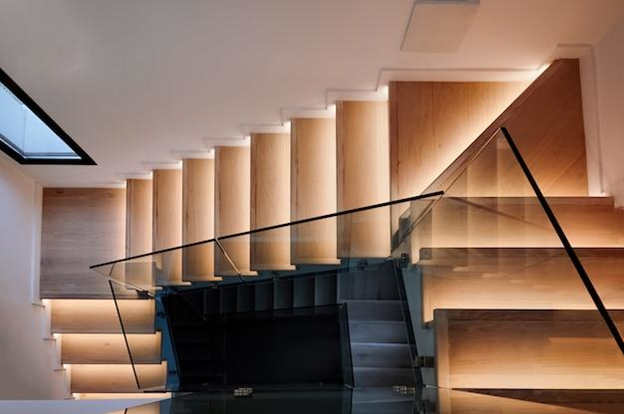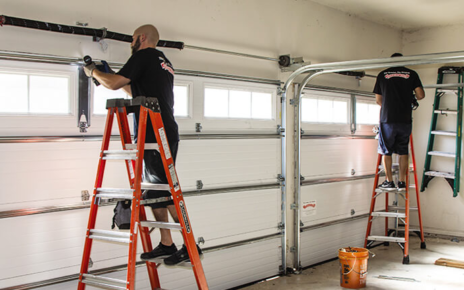Custom staircases allow homeowners to make a bold design statement. They create a grand entrance and first impression for any home. With the right materials and craftsmanship, staircases can become a focal point that elevates the entire property. This article explores how custom staircases use innovative designs and quality construction. It shows various styles, and materials, and how they integrate with residential siding for cohesive curb appeal.
Designing with Purpose
Custom staircases start with purposeful design. Homeowners envision how people will use the space and feel in it. Designers consider traffic flow, building codes, and aesthetic goals. Staircases pose structural challenges that require an engineer’s input. Their plan maximizes the unique qualities of each property and homeowners’ lifestyle. Function and aesthetics work together for harmony. Design evolves through drawings, models, and reviews with clients. Changes allow for perfecting the final form.
Crafting with Care
Quality materials make staircases that stand the test of time. Hardwood tree species like oak offer beauty and resilience outdoors. Synthetic or composite materials mimic natural looks with lower maintenance. Handrails need strength and visual appeal. Stones, bricks, and contemporary metals also serve. Careful cutting and precise joins yield sturdy, elegant structures. Craftsmen take pride in fine details others may never see. Their expertise transforms designs into landmarks. Repeated measurements ensure correct fits throughout construction.
Modern Marble Marvel
One daring client chose a modern marble staircase. Sleek white marble treads contrasted with dark walnut risers and handrails. The open risers allowed vines trained on cable to spill overhead in a lush curtain. Hidden LEDs upplight the vines at night. Where the staircase switchbacks, a sculpture nook houses a Zen Garden of raked gravel and stones. Floor-to-ceiling windows frame garden views. The warm tones of red cedar siding complemented the cool marble elegantly. Sleek architectural lines flowed inside and out for seamless indoor-outdoor living.
Rustic Retreat Refresh
Another project renovated an outdated staircase into a rustic showpiece. Reclaimed barn wood treads and risers gave an aged patina. Angled supports mimicked tree branches. Wrought iron balusters woven with leather cord resembled vines. Distressed paint on the beams and ceiling matched the surrounding landscape. Large multi-paned windows above brought nature inside. The look is tied to the lodge-style home’s materials of cedar shakes and stone accents. This casual yet sophisticated space sets the mood for relaxed country living.
Complementary Cladding
Integrating staircases with exterior materials unifies architectural styles. Stone or brick veneers anchoring staircases to the foundation become natural extensions. For the marble staircase, honed slate tiles clad the foundation, extending the building’s modern aesthetic. When wood class a home, custom staircases play on that theme. For the rustic staircase, cedar planks cladding the staircase skirt matched the home’s cedar siding and shakes. Cor-ten steel paneled stairs suit steel or concrete exteriors. Harmonizing details tie structures together seamlessly.
Future-Proof Construction
Long-lasting staircases use low-maintenance, durable components. Hot-dipped galvanized or coated steel supports prevent rusting. Composites and exotic hardwoods resist rot and insects without chemicals. Stainless or solid brass hardware withstands weathering. Concrete or stone foundations stay solid for generations. Extra bracing and engineered fastening withstand natural disasters like floods, quakes, and high winds. Sealed substructures protect undersides and mechanicals. Proper flashing shields from water intrusion. High-quality construction secures structure safety now and far into the future.





